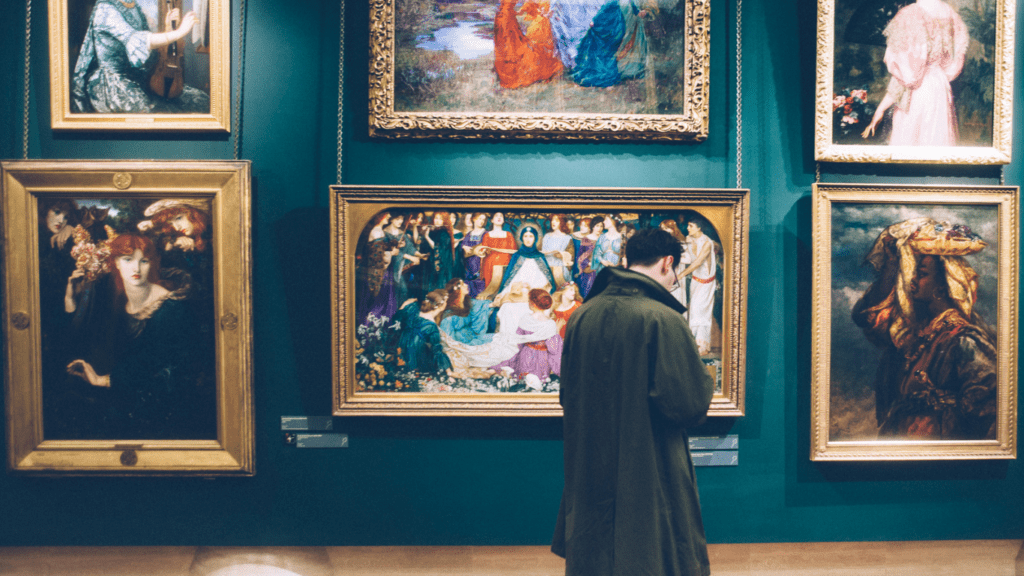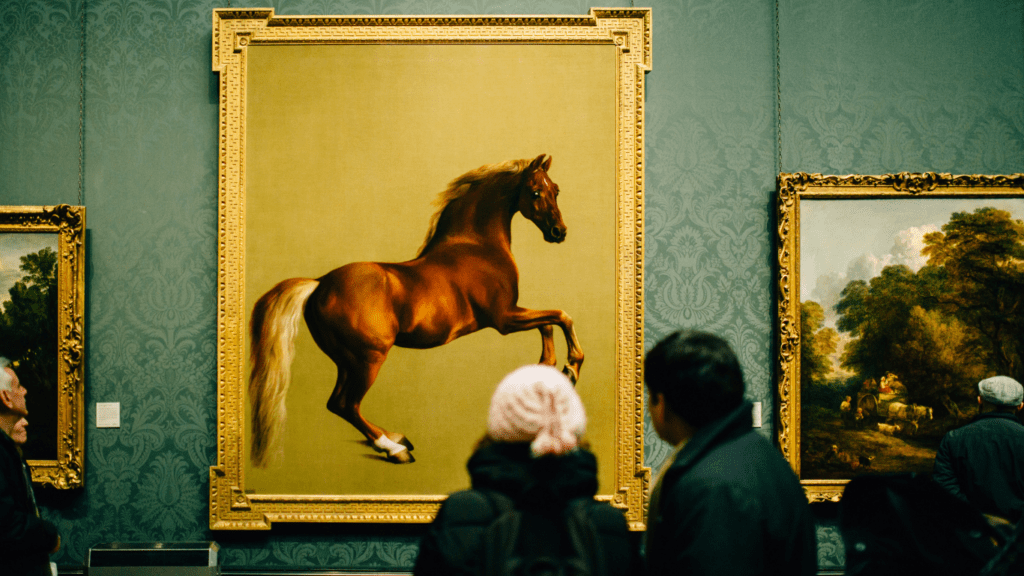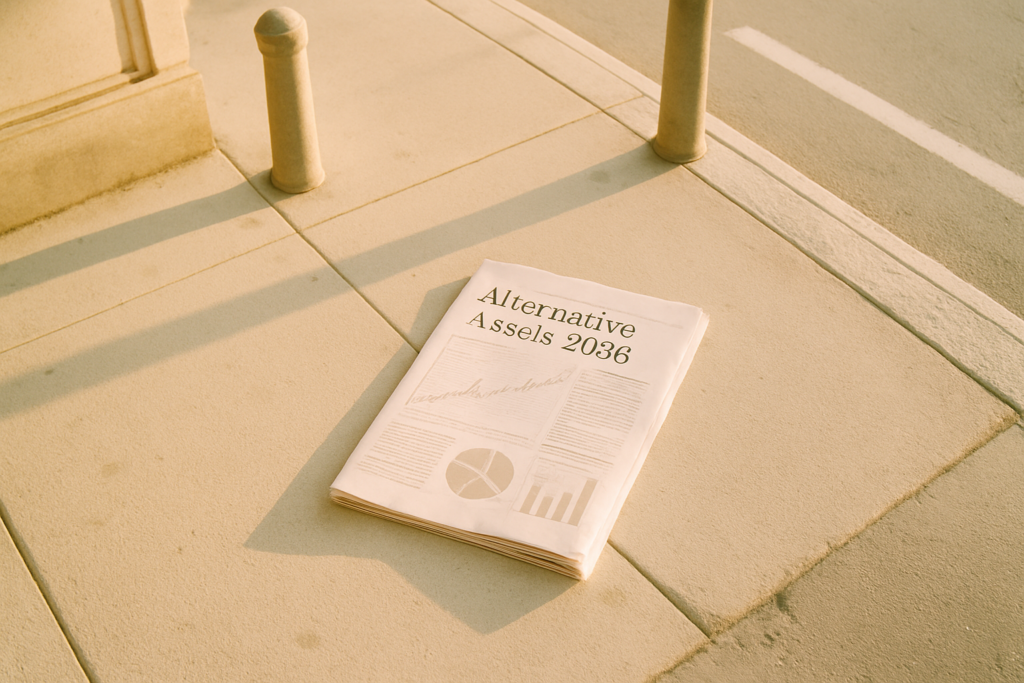As a seasoned financial writer, I’ve delved into the intricate world of high-net-worth portfolios, uncovering the often overlooked yet fascinating role that art and collectibles play in diversifying investment strategies. Beyond the realm of traditional stocks and bonds, these tangible assets offer a unique opportunity for wealth preservation and growth.
In this article, I’ll explore how art and collectibles have emerged as not just aesthetic indulgences but also as strategic components of a well-rounded investment portfolio for high-net-worth individuals. From rare paintings to vintage wines, these alternative assets provide a hedge against market volatility and a touch of exclusivity that sets a portfolio apart.
Join me as we delve into the captivating intersection of art, collectibles, and wealth management, shedding light on the potential benefits and considerations for integrating these valuable assets into high-net-worth portfolios.
Understanding High-Net-Worth Portfolios
Exploring high-net-worth portfolios offers insights into the strategic allocation of assets for affluent individuals. In these portfolios, diversification plays a crucial role in mitigating risk and optimizing returns.
High-net-worth individuals typically have a substantial amount of investable assets, allowing for broader investment choices compared to retail investors. Within high-net-worth portfolios, traditional investments like stocks and bonds may form the core holdings.
These assets provide liquidity and can offer steady returns over time. However, high-net-worth individuals often seek additional opportunities to enhance their portfolio performance and safeguard wealth. Tangible assets such as art and collectibles serve as alternative investments that can complement traditional holdings in high-net-worth portfolios.
Including art and collectibles in a portfolio can provide diversification benefits by offering exposure to non-correlated assets, reducing overall portfolio risk. Additionally, these tangible assets have the potential to appreciate independently of financial markets, adding a unique dimension to wealth preservation strategies.
Integrating art and collectibles into high-net-worth portfolios requires a nuanced approach. Assessing the authenticity, quality, and market demand for art pieces and collectibles is essential to make informed investment decisions.
Moreover, understanding the liquidity, storage, and maintenance costs associated with holding these assets is crucial for portfolio management. High-net-worth portfolios that incorporate art and collectibles can benefit from the exclusivity and prestige associated with owning unique pieces.
These assets not only diversify the investment mix but also contribute to a well-rounded portfolio that reflects the individual’s interests and values. Understanding high-net-worth portfolios involves recognizing the importance of diversification, risk management, and strategic asset allocation tailored to the specific needs and objectives of affluent investors.
Art and collectibles play a valuable role in enhancing portfolio resilience, generating returns, and adding a distinctive touch to high-net-worth investment strategies.
Importance of Diversification
Diversification is crucial in constructing high-net-worth portfolios to reduce risk and enhance overall returns. When comparing traditional assets like stocks and bonds to alternative investments such as art and collectibles, it becomes evident that combining both types can offer a well-rounded approach to wealth management.
Traditional Assets vs. Alternative Investments
In high-net-worth portfolios, traditional assets like stocks and bonds serve as foundational investment pillars due to their liquidity and historical performance. However, alternative investments, including art and collectibles, play a significant role in diversifying these portfolios by providing exposure to non-correlated assets.
Integrating alternative investments can help mitigate risk and potentially increase returns by tapping into unique market opportunities beyond the conventional financial instruments.
The Significance of Art and Collectibles
Art and collectibles play a crucial role in diversifying high-net-worth portfolios. When it comes to investments, diversification is key. Traditional assets like stocks and bonds are essential, but incorporating tangible assets such as art and collectibles can offer unique benefits to a high-net-worth portfolio. Let’s explore the importance of these assets further.
Tangible vs. Intangible Assets
In high-net-worth portfolios, the distinction between tangible and intangible assets is significant. While traditional investments like stocks and bonds are considered intangible assets, art and collectibles fall under the tangible category.
Tangible assets provide a physical presence in a portfolio, offering a sense of security and diversity that intangible assets may not provide. This distinction is crucial in balancing risk and adding stability to a well-rounded investment strategy.
Value Appreciation and Preservation
One of the key advantages of including art and collectibles in a high-net-worth portfolio is their potential for value appreciation and preservation. Unlike traditional investments that are subject to market volatility, the value of art and collectibles can appreciate independently of economic trends.
Additionally, these assets have the potential to preserve wealth over time, serving as a hedge against inflation and currency devaluation. By incorporating art and collectibles, investors can tap into unique opportunities for portfolio growth and preservation.
Risk Factors in Art and Collectibles Investment
Considering the inclusion of art and collectibles in high-net-worth portfolios, it’s crucial to acknowledge the inherent risk factors associated with these alternative assets. As someone actively engaged in managing such investments, I constantly evaluate and address these risks to safeguard the overall portfolio value.
- Lack of Liquidity: Art and collectibles are illiquid assets, meaning they cannot be easily converted into cash without significant time and effort. This illiquidity factor can pose challenges during emergencies or when immediate capital needs arise.
- Market Volatility: The art market, like other markets, can experience fluctuations in value based on trends, demand shifts, and economic conditions. As an investor, staying informed about market dynamics is essential to navigate these fluctuations effectively.
- Authenticity and Valuation Risks: Ensuring the authenticity and accurate valuation of art pieces and collectibles is paramount. Without proper due diligence, there’s a risk of investing in counterfeit or overvalued items, leading to potential financial losses.
- Storage and Maintenance Costs: Safeguarding valuable art and collectibles requires appropriate storage facilities and maintenance efforts. These ongoing costs should be factored into the overall investment strategy to prevent unexpected financial burdens.
- Insurance and Security Concerns: Securing insurance coverage for art and collectibles to protect against theft, damage, or loss is vital. Additionally, implementing robust security measures to safeguard these assets further mitigates potential risks.
- Market Sentiment and Trends: Art and collectibles investment performance can be influenced by changing market sentiment and trends. Monitoring industry developments and collector preferences is crucial to make informed investment decisions.
By proactively addressing these risk factors and integrating risk management strategies into the portfolio management approach, I ensure a balanced and resilient investment strategy that accounts for the unique characteristics of art and collectibles in high-net-worth portfolios.
Tax Implications and Estate Planning
Incorporating art and collectibles into high-net-worth portfolios not only diversifies investments but also introduces specific considerations regarding tax implications and estate planning. As an investor, I understand the importance of being aware of the financial aspects related to these assets to optimize wealth management strategies effectively.
When it comes to tax implications, art and collectibles are subject to capital gains tax upon sale. In my experience, it’s crucial to keep track of the purchase price, any applicable commissions, and other expenses to calculate the accurate capital gains.
Additionally, understanding the difference between short-term and long-term capital gains tax rates is essential for strategic decision-making regarding the timing of selling these assets. Estate planning is another critical aspect to consider when including art and collectibles in high-net-worth portfolios.
As someone well-versed in wealth management, I recognize the significance of planning for the transfer of these assets to beneficiaries. Proper estate planning can help minimize tax liabilities for heirs and ensure a smooth transition of ownership, preserving the value of art and collectibles within the family.
Moreover, establishing mechanisms like trusts or gifting strategies can offer tax benefits and facilitate the seamless transfer of art and collectibles while I maintain control over their distribution. By incorporating these estate planning tools into my overall wealth management strategy, I can protect the value of these assets for future generations and uphold my financial legacy.





